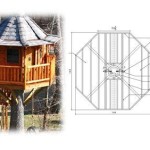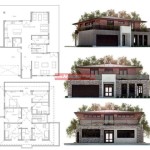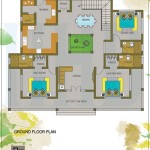Understanding Philip Johnson Glass House Plans: Essential Aspects
Philip Johnson, renowned as one of the most influential architects of the 20th century, left an enduring legacy with his iconic Glass House. This transparent, minimalist masterpiece exemplifies his groundbreaking ideas and techniques. Understanding the essential aspects of Philip Johnson Glass House plans is crucial for appreciating its architectural significance and timeless elegance.
1. Transparency and Light
The Glass House embodies Johnson's pursuit of transparency, allowing nature to permeate the living space. Its floor-to-ceiling glass walls create an uninterrupted connection between the interior and exterior, blurring the boundaries and creating an immersive experience. The abundant natural light illuminates the interior, making it both visually stunning and practical.
2. Minimalism and Simplicity
Johnson's minimalist approach is evident throughout the Glass House. The structure is devoid of unnecessary ornamentation, focusing instead on clean lines, geometric forms, and simplicity of materials. The result is a serene and contemplative space that emphasizes the essential qualities of architectural design.
3. Open Plan and Flexibility
The Glass House features an open plan that seamlessly integrates the living, dining, and sleeping areas. This fluid layout allows for flexibility and adaptability, accommodating various uses and activities. The absence of traditional walls fosters a sense of spaciousness and encourages a continuous flow of movement throughout the home.
4. Integration with Nature
Johnson carefully considered the relationship between the Glass House and its natural surroundings. The structure is situated amidst a wooded landscape, allowing the surrounding nature to become an integral part of the architectural experience. Large glass windows frame picturesque views of the trees and surrounding garden, bringing the outdoors into the living space.
5. Integration of Art
The Glass House is not merely a residence but also a showcase for Johnson's passion for art. He incorporated a collection of modern works into the design, including sculptures, paintings, and furniture pieces. The art complements the architecture, enhancing the visual interest and creating a sophisticated living environment.
6. Durability and Sustainability
Despite its delicate appearance, the Glass House is constructed with durable materials, ensuring its longevity. Johnson utilized steel and glass in the structure, which have proven to be resistant to wear and tear. Additionally, the open plan and use of natural light contribute to environmental sustainability, reducing the need for artificial lighting and heating.
7. Icon of Modern Architecture
The Philip Johnson Glass House has become an icon of modern architecture, recognized for its groundbreaking design and influence on subsequent movements. It has been featured in numerous publications, exhibitions, and architectural tours, inspiring countless architects and design enthusiasts worldwide.
In conclusion, Philip Johnson Glass House plans embody a profound understanding of the essential aspects of architecture. They showcase transparency, minimalism, flexibility, integration with nature, incorporation of art, durability, and sustainability. The Glass House remains a testament to Johnson's genius and continues to inspire and captivate audiences to this day.

Plan Glass House From Johnson 1950 157 As Reprinted In Writings Scientific Diagram

Ad Classics The Glass House Philip Johnson Archdaily

Must Know Modern Homes The Glass House

Glass House By Philip Johnson

Glass House New Canaan Connecticut Philip Johnson 1949 Source Scientific Diagram

The Glass House Floor Plan Philip Johnson

Philip Johnson Infamous Lines

Glass House New Canaan Connecticut Philip Johnson 1949 Scientific Diagram

House For Building Casa De Cristal Arquitectos Famosos

Prefabricated Glass House By Revolution Precrafted Inhabitat Green Design Innovation Architecture Building








